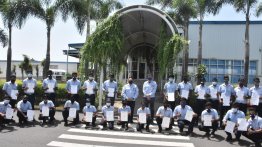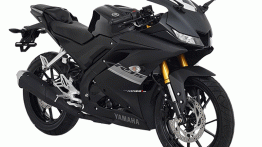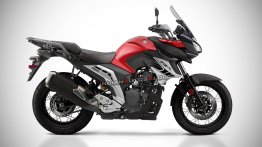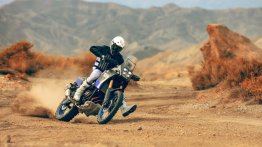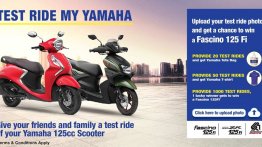While many motorcycles met with huge response in the Indian market, only a few have reached cult status. The demand for these iconic motorcycles is such that even today, the bikes are sought after by enthusiasts and command a high asking price. Here's a complete list of top 8 iconic motorcycles that we want to have back in the domestic market.
Yamaha RD350
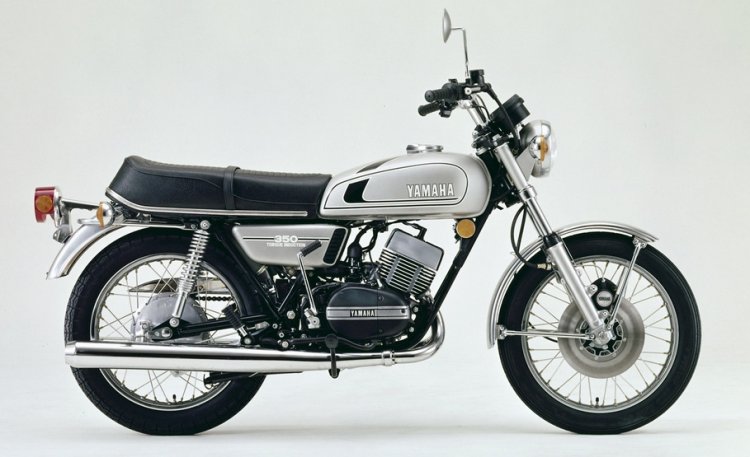
To say that the Yamaha RD350 was the first sports bike to be launched in India won’t be an overstatement. The RD350 was a two-stroke motorcycle manufactured by Yamaha from 1973 to 1975. The bike was produced by Escorts Group in India, in collaboration with Yamaha Japan, and marketed as the Rajdoot 350.
The Yamaha RD350 was introduced in India in 1983 and taken off from production in 1991. Stricter emission norms, high fuel consumption and limited parts availability, forced the company to take the motorcycle off dealers. The Indian-spec RD350 used a 347 cc, two-stroke, air-cooled, parallel twin engine that produces 30.5 bhp of maximum power, mated to a 6-speed gearbox.
Yezdi Roadking
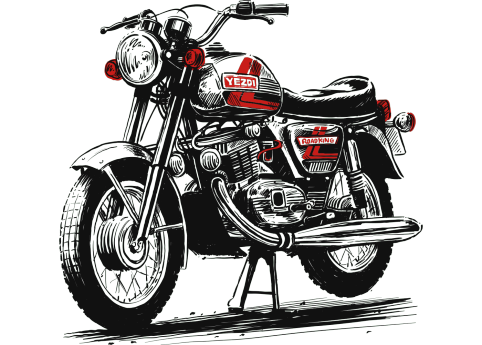
The Yezdi Roadking was produced by Ideal Jawa in India from 1978 to 1996. Mysore-based Ideal Jawa had an exclusive license to sell Jawa Motorcycles in India. The Roadking is based on the Jawa CZ 250 and was sold under the Yezdi brand name in the country.
The Yezdi Roadking sourced power from a 250 cc, single-cylinder, 2-stroke engine with dual exhausts and a semi-automatic clutch. The air-cooled motor produced 17 bhp of maximum power at 5,250 rpm and 23.83 Nm of peak torque at 4250 rpm, mated to a 4-speed gearbox. The bike had a top speed of 120 km/h. The Roadking came with a Jawa/CZ trademark integrated gear shifter/kick-starter.
Bajaj Eliminator

The Bajaj Eliminator was a rebranded version of the Kawasaki Eliminator EL175, manufactured and sold by Bajaj Auto in partnership with Kawasaki. The motorcycle was replaced by the Bajaj Avenger 180 in the Indian market. The export model was called the BN175.
The Bajaj Eliminator sourced power from a 173.9 cc, air-cooled, single-cylinder, four-stroke engine that pumped out 15.2 bhp of maximum power at 8500 rpm and 13.7 Nm of peak torque at 7500 rpm, paired to a 5-speed transmission. The Bajaj Eliminator paved the way for the Bajaj Avenger to be the only other significant cruiser motorcycle to compete with the Royal Enfield Bullet 350.
Yamaha RX100

The Yamaha RX100 is another cult offering from India Yamaha Motor to be launched in the domestic market. The RX100 was introduced to replace the Yamaha RD350 and compete with the Suzuki AX 100. The motorcycle was on sale in India from 1985 to 1996 and was highly regarded for its raw power and agility.
The RX100 was a favourite at the Indian race circuit. The Yamaha RX100 employed a 98 cc, single-cylinder, two-stroke engine that churns out 11 bhp of power at 7,500 rpm and 10.39 Nm of peak torque at 6,500 rpm. The engine pairs to a 4-speed gearbox. The motorcycle had a top speed of 100 km/h and a kerb weight of 103 kg.
Royal Enfield Bullet Machismo

The Royal Enfield Bullet Machismo was first introduced in 1997 and was the first RE motorcycle to feature the Austrian AVL-sourced engine. It was also the first Royal Enfield motorcycle to get an optional disc brake in India and gear-shift on the left side. The AVL engine powered Machismo was a sales dud and was taken off the market in 2009.
The Royal Enfield Bullet Machismo was available with both, 350 and 500 cc AVL ‘lean burn’ engines. The motorcycle featured a chrome paint job, high-set windshield, split seats and leather saddle bags. The bike received an optional 280 mm disc brake, electric starter and two gearbox options in India.
Yamaha RX135

The Yamaha RX135 replaced the RX100 in the domestic market and was on sale from 1997 to 2005. The bike was available with two gearbox options - 4-speed and 5-speed. The motorcycle was compliant with the Euro 2 emission norms but had to be discontinued post the introduction of the Euro 3 guidelines.
While the Yamaha RX135 didn’t have the cult following of the Yamaha RD350 or the RX100, it became an icon in its own right. The motorcycle employed a 132 cc, two-stroke, single-cylinder engine with reed valve and 7 port torque induction. The 4-speed variant produced 12 bhp/10 Nm of power and torque, while the 5-speed model churned out 14 bhp/12.25 Nm respectively.
Hero Honda CBZ
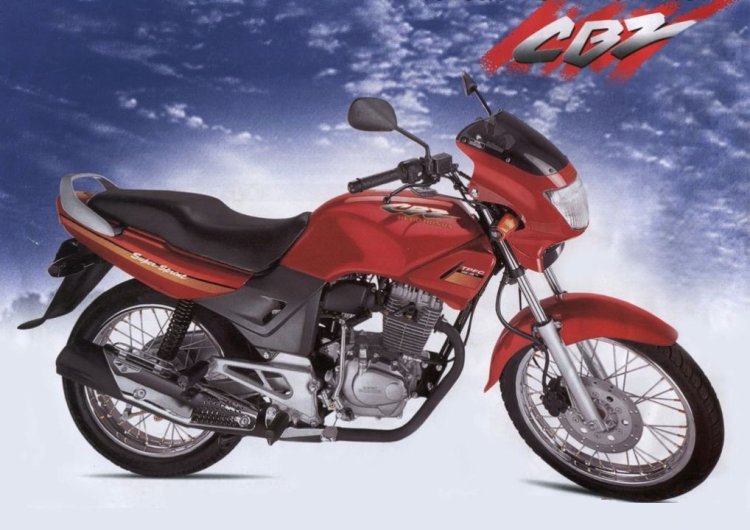
The Hero Honda CBZ was the first 150 cc-segment bike to be launched in India, which used a 156.8 cc engine from the original Honda CB series. The original bike was first introduced in 1999 and was on sale till 2005. The motorcycle was later replaced by the CBZ Xtreme, which used a new 149 cc engine platform.
The Hero Honda CBZ was successful in carving out a niche amongst the Indian millennials. The motorcycle reached cult status for its raw power delivery and handling. The 156.8 cc, single-cylinder, 4-stroke, air-cooled engine produced 13 bhp of power at 8,000 rpm and 12.45 Nm of peak torque at 6,500 rpm. The 5-speed gearbox helped the bike to reach a top speed of 113 km/h.
Royal Enfield Lightning 535
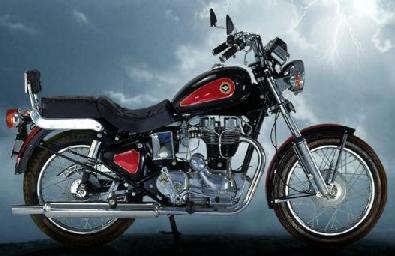
The Royal Enfield Lightning 535 was a cruiser style motorcycle, based on Fritz Egli tuned Bullets. The bike used a bored-out 535 cc, single cylinder engine with an 87 mm bore. The Lightning 535 used high-volume oil pumps, and a 4-speed gearbox. The Lightning 535 was an India-specific model and came with a two-tone paint scheme and electric starter.
The 535 cc engine produced 26 hp of maximum power at 5,400 rpm and 38.40 Nm of peak torque at 3,000 rpm. A rare Royal Enfield Lightning 350 was on sale for a brief period that delivered 18 bhp of power and 26.9 Nm of peak torque.
